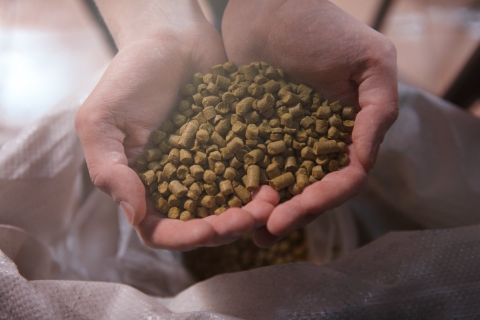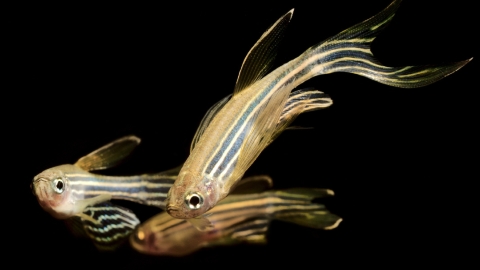
A newly developed artificial intelligence system could transform fry management in aquaculture by enabling more precise monitoring of fish health, feeding behaviour and environmental response-key factors in improving survival rates and production efficiency.
Developed by researchers from South China Normal University and the University of Surrey, the system combines an enhanced detection model (YOLOv8-seg) with a robust tracking algorithm (Deep OC-SORT) to tackle one of aquaculture’s persistent challenges: monitoring fry, the earliest and most vulnerable stage of fish development.
“Fast and accurate detection and tracking of fry are critical for improving aquaculture efficiency and product quality,” the researchers explain in their recently published article in aquaculture.
Conventional monitoring system often struggle with the small size, rapid movement and similar appearance of fry, leading to errors in detection and inconsistent tracking. This can hinder efforts to optimise feeding regimes, detect stress or illness early, and maintain optimal environmental conditions.
The new system addresses these limitations through three key innovations: Improved YOLOv8-seg model with temporal attention and lightweight architecture to accurately identify fry at different scales and speeds; segmentation-enhanced deep OC-SORT tracking, which uses advanced mask interpolation to maintain consistent identity tracking during occlusions and high-density scenarios; and behavioural analysis integration, allowing producers to observe how fry respond to variables like temperature-vital for adjusting hatchery and rearing protocols.
In trials involving largemouth bass (Micropterus salmoides), the model achieved a detection accuracy of 94,3% and a tracking accuracy of 74,3% surpassing established methods like Deep SORT and ByteTrack. The researchers also conducted experiments under controlled temperature changes, demonstrating the tool’s ability to measure variations in fry speed and acceleration-metrics that directly reflect health and metabolic status.
The system is open-source and available to the aquaculture community making it accessible for further development and field application.
This innovation could provide hatcheries and farms with a real-time, automated solution to monitor fry populations more accurately and efficiently-ultimately reducing mortality, enhancing welfare and boosting production outcomes.



